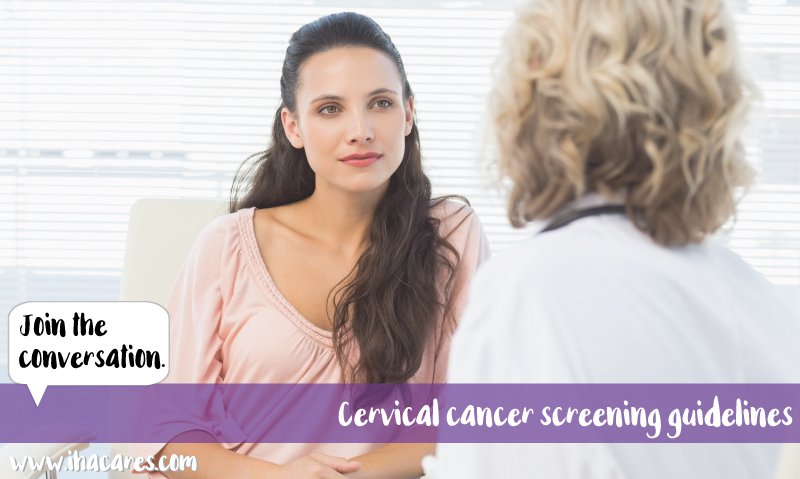
In 2012, the way we screen for cervical cancer changed. There were new guidelines for PAP smear testing based on medical evidence, supported by the American College of Obstetrics and Gynecology.
The new recommendations, which IHA providers agree with and follow, start with a PAP test at age 21, followed by PAP testing every three years between 21 and 30 (if you’re low-risk). Once you reach age 30, you’ll be tested every five years with a PAP test and high-risk Human Papillomavirus (HPV) test. As long as you’re low-risk, and the tests are normal, you’ll remain at the five-year interval for testing.
If you are high-risk (you have a history of abnormal PAP tests or have had prior cervical procedures), you may not fit in these recommendations. Your provider will discuss what the best screening frequency is for you based on your history.
In certain situations, a woman may no longer need PAP testing. Generally, if you’re over 65 and have had normal tests previously, you may no longer need PAP tests. You may also be exempt from PAP testing if you have had a certain kind of hysterectomy. You and your provider can discuss and decide if that is best for you based on your risk factors.
A PAP test is a safe way to screen for cervical cancer, with little to minor discomfort. Your provider will use a speculum and a soft brush to take a sample of your cervical cells. If your PAP test is abnormal, your provider will request you come back for additional testing.
If you have additional questions about what to expect, please talk to your provider.

